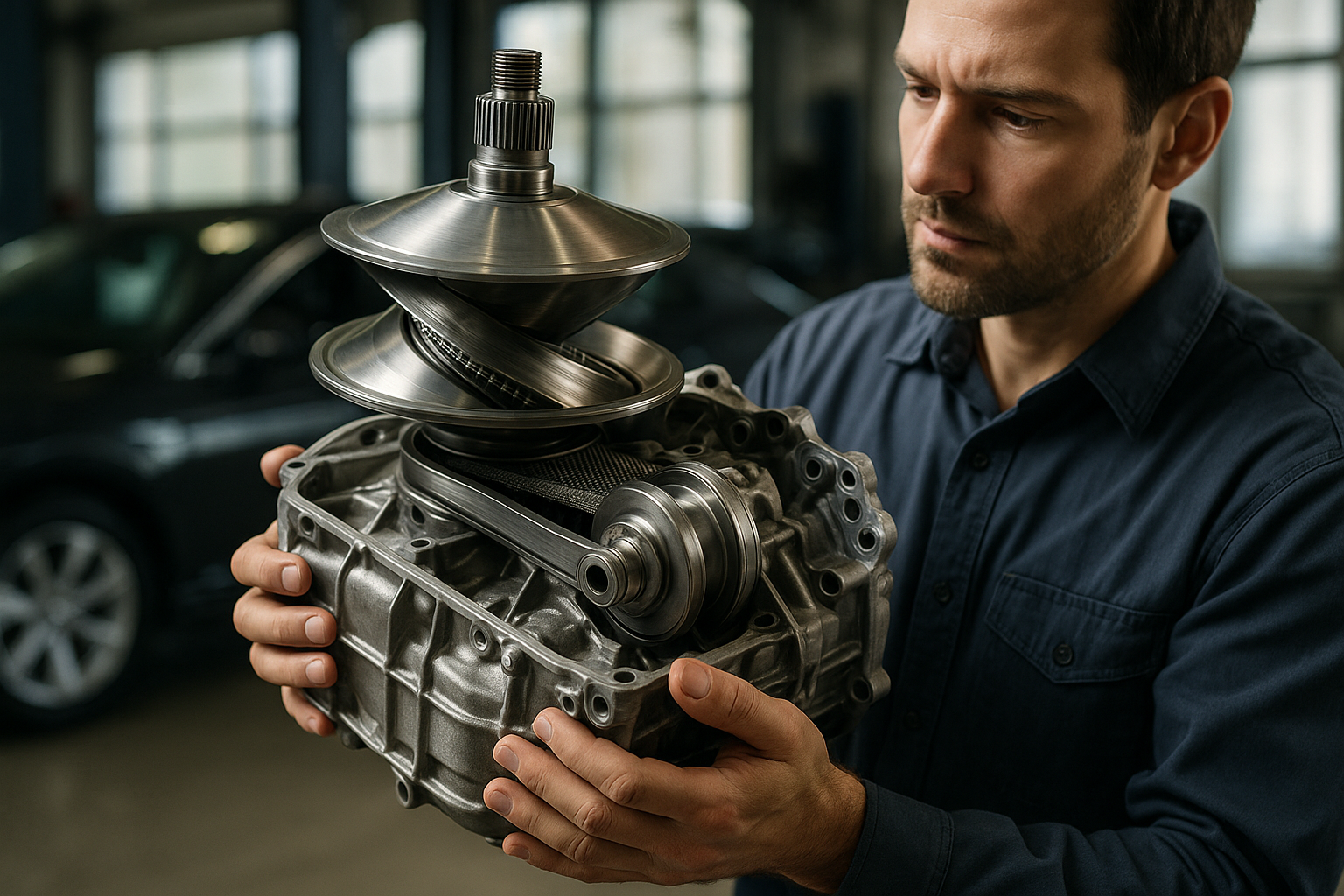How to Choose the Right Scissor Lift for Your Repair Workshop
Selecting the appropriate scissor lift for your automotive repair workshop requires careful consideration of multiple factors including weight capacity, lift height, and workspace requirements. The right equipment can significantly improve efficiency and safety while reducing physical strain on technicians. Understanding the various types available and their specific applications will help you make an informed decision that serves your workshop's needs for years to come.

Choosing the right scissor lift for your automotive repair workshop involves evaluating several critical factors that directly impact productivity, safety, and long-term operational costs. Modern repair facilities rely heavily on quality lifting equipment to handle everything from routine maintenance to complex repairs efficiently.
Types of Scissor Lifts
Automotive scissor lifts come in several configurations, each designed for specific applications. Four-post lifts provide excellent stability for heavier vehicles and long-term storage, featuring drive-on ramps that accommodate cars, trucks, and SUVs up to 15,000 pounds. Two-post lifts offer superior undercarriage access, making them ideal for exhaust work, transmission repairs, and suspension maintenance. Mid-rise scissor lifts serve as a compromise, providing moderate lift height while maintaining a lower profile that works well in facilities with height restrictions. Portable scissor lifts offer flexibility for mobile operations or smaller workshops where permanent installation isn’t feasible.
Should You Buy or Rent?
The decision between purchasing and renting scissor lift equipment depends on several business factors. Buying makes financial sense for established workshops with consistent volume and long-term facility commitments. Ownership provides unlimited access, customization options, and potential tax benefits through depreciation. However, purchasing requires significant upfront capital, ongoing maintenance responsibilities, and storage considerations. Renting works better for seasonal operations, temporary projects, or businesses testing different lift types before committing to a purchase. Rental agreements typically include maintenance and service, reducing operational headaches but increasing long-term costs for frequent users.
Key Features to Consider
Weight capacity represents the most critical specification, with residential lifts handling 6,000-9,000 pounds and commercial units supporting 10,000-15,000 pounds or more. Lift height determines accessibility for various repair tasks, with standard models reaching 72-78 inches and extended versions achieving 80+ inches. Safety features should include automatic safety locks, emergency lowering systems, and proper certification compliance. Power options range from 110V single-phase for lighter units to 220V three-phase for heavy-duty commercial applications. Additional considerations include approach angle compatibility, runway length for longer vehicles, and optional accessories like drip trays or wheel alignment equipment.
Are Alternatives Worth Considering?
While scissor lifts dominate professional workshops, alternative lifting solutions merit consideration for specific applications. Traditional floor jacks and jack stands remain cost-effective for basic maintenance but lack the convenience and safety of permanent installations. Hydraulic lifts offer smooth operation and precise positioning but require more complex installation and maintenance. Pneumatic lifts provide faster operation in high-volume environments but need reliable compressed air systems. Mobile column lifts excel for heavy commercial vehicles but require significant floor space and coordination between multiple units.
| Lift Type | Provider | Weight Capacity | Cost Estimation |
|---|---|---|---|
| Two-Post Symmetric | Rotary Lift | 9,000-12,000 lbs | $3,500-$6,500 |
| Four-Post Drive-On | BendPak | 8,000-14,000 lbs | $2,800-$5,200 |
| Mid-Rise Scissor | Challenger Lifts | 6,000-9,000 lbs | $2,200-$4,000 |
| Portable Scissor | QuickJack | 3,500-7,000 lbs | $1,200-$2,500 |
| Heavy-Duty Commercial | Forward Lift | 12,000-18,000 lbs | $8,000-$15,000 |
Prices, rates, or cost estimates mentioned in this article are based on the latest available information but may change over time. Independent research is advised before making financial decisions.
Installation requirements vary significantly between lift types and can substantially impact total project costs. Two-post lifts require concrete foundations with specific thickness and curing requirements, along with precise anchor bolt placement. Four-post lifts typically need level concrete surfaces but may not require specialized foundations. Electrical requirements range from standard 110V outlets for smaller units to dedicated 220V circuits for commercial-grade equipment. Professional installation ensures proper setup, safety compliance, and warranty protection, though it adds $500-$2,000 to project costs depending on complexity.
Maintenance considerations play a crucial role in long-term ownership costs and safety. Regular inspections should include hydraulic fluid levels, safety lock mechanisms, and structural components for wear or damage. Annual professional inspections help identify potential issues before they become safety hazards or costly repairs. Proper lubrication of moving parts extends equipment life and ensures smooth operation. Keeping detailed maintenance records supports warranty claims and helps establish preventive maintenance schedules that minimize downtime.
Selecting the right scissor lift requires balancing immediate needs with long-term workshop goals. Consider current vehicle types, anticipated growth, facility constraints, and budget limitations when making your decision. Quality equipment from reputable manufacturers provides better long-term value despite higher initial costs. Proper installation, regular maintenance, and operator training ensure safe, efficient operation that enhances your workshop’s capabilities and profitability for years to come.




